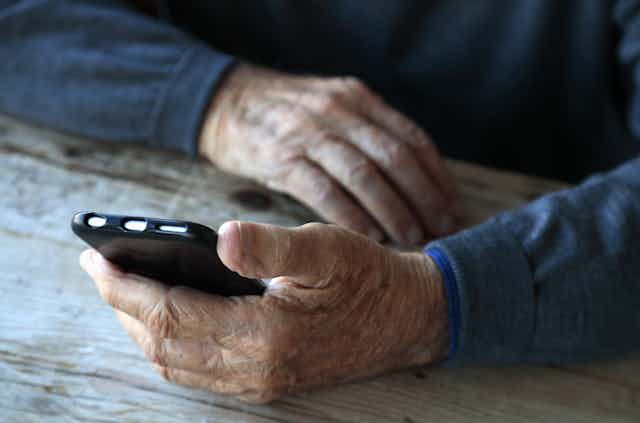Beginning July 16, 2022, people struggling with mental health crises can now call 988, a new number focused on providing lifesaving suicide prevention and crisis services. But 988 is not just a shorter, easier-to-remember replacement for the current suicide hotline. Congress and the Federal Communications Commission also established the 988 Lifeline to address longstanding concerns in mental health care.
The Conversation asked Derek Lee, a PhD student at The Ohio State University in Counselor Education and Supervision and a therapist, to explain the new service and how it is different from the old hotline. Lee’s academic and research focus is on suicide, including training, intervention and prevention.
What is 988?
The three-digit number is part of a new national mental health program. In 2020, the Federal Communications Commission designated 988 as the help line number, and Congress authorized funding for the 988 Lifeline Program.
Can people still call 1-800-273-TALK?
Sure. The soon-to-be old number has been operational since 2005, but it will not be going away just yet.
July 16 is when 988 went live nationally and callers can also begin using it to call, text or chat.
What’s wrong with the old number?
The system behind it, including its 200 call centers currently in the national crisis line network, according to a 2019 report on the program.
A major problem is that call centers don’t always have the staff or the technology to handle growing numbers of calls.
Calls that in-state centers are unable to answer get rerouted to centers out of state through the system’s backup network. This means that the operator may be less familiar with local crises, according to a spokesperson for Vibrant Emotional Health, the nonprofit that administers the crisis line program. Or incoming calls might simply “bunch up,” creating a telephone logjam, and leave callers waiting on hold “too long,” a time period the report does not define.
The report does note, however, that there isn’t a consistent standard for wait times, staffing or other operational aspects of the call centers. State governments regulate them, and they are independently operated.
How will 988 be different?
That’s unclear. Vibrant hasn’t released specific plans. Congress hasn’t either, but the Behavioral Crisis Services Expansion Act introduced last year requires call centers to “offer air traffic control-quality coordination of crisis care in real-time.”
Where will the money come from to pay for all this?
The shift to 988 comes with funding at the state and federal levels, as well as federal oversight to assure equitable access. Initial funding is coming through federal channels, including the American Rescue Plan, Community Mental Health Services Block Grant and President Biden’s proposed 2022 fiscal year budget. Most of the long-term funding will come from individual states.
Why is all this happening now?
Much of the discussion began during the pandemic, which really brought mental health issues to the forefront. A study of 8 million calls to help lines in 19 countries and regions found that call volumes jumped during the initial wave of coronavirus infections. At the six-week peak, the total number of calls was 35% higher than before the pandemic.
In the U.S., the coronavirus national emergency and the widespread lockdown that followed brought nationwide increases in the number of people struggling with depression, anxiety and other mental conditions. Alcohol use increased, particularly among women and college students.
Who does 988 benefit?
Anyone who needs help with their mental health, particularly people in crisis. A major goal of the 988 Lifeline is creating equity in mental health services, especially for those who have not always had consistent or reliable access to mental health care.
For example, Vibrant will provide operators who speak both English and Spanish and telephone interpreter service in over 150 additional languages.
One improvement experts would like to see is the implementation of virtual visits with mental health professionals for those who can’t travel to in-person appointments, like people with disabilities or those in rural areas.
Editor’s note: This story has been updated to reflect Vibrant Emotional Health’s most recent plans for the 988 Lifeline.

